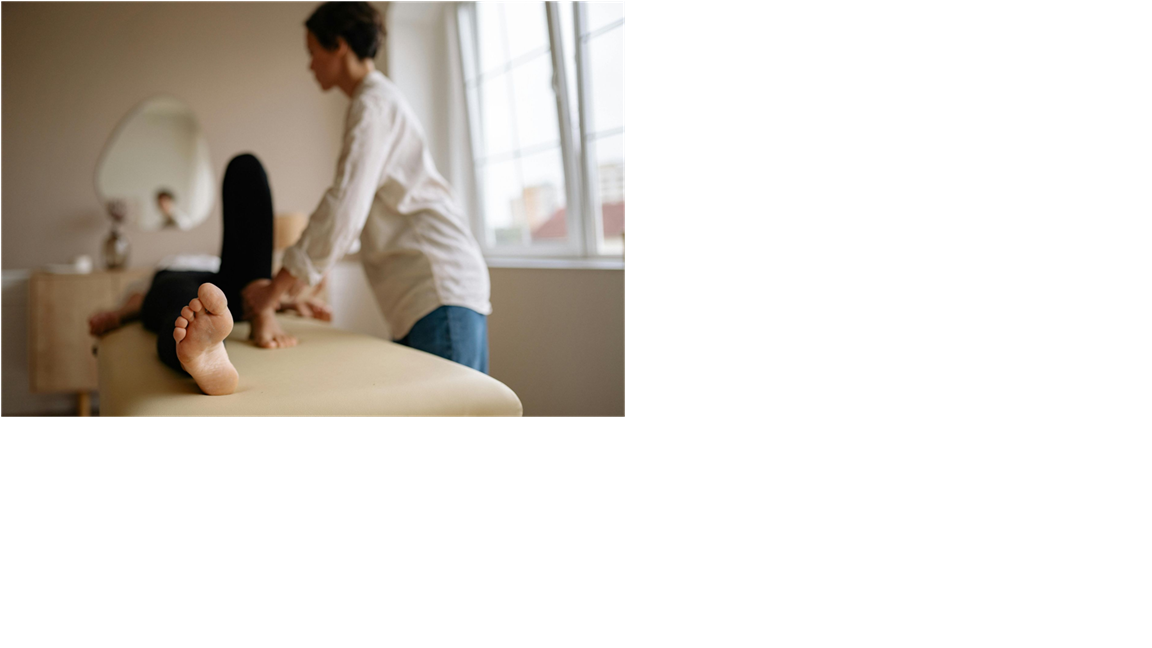Once distinct domains, the fields of fitness, wellness, and clinical healthcare are becoming increasingly intertwined…
Prevent Neck Pain with a Well-fitted Mask
If you’ve noticed aches and pain in your neck, shoulders, and upper back during the COVID-19 pandemic, you are not alone. Some American Chiropractic Association (ACA) members report that their patients who wear protective masks for long hours are frequently experiencing these common musculoskeletal conditions.
Some believe the reason behind the pain, in addition to increased stress, is that masks can limit the lower field of vison—particularly if they are not well fitted—causing people to tuck in their chins, shift their body position and hold their necks and posture stiffly to maintain a line of sight.
“Teachers, health care workers, retail and factory workers, and even students have reported jaw pain, neck stiffness, upper back pain, headaches and eye tension,” confirmed Dr. Leo Bronston, an ACA member who practices in Onalaska, Wisc. “They are moving differently and holding awkward positions to accommodate their face coverings.”
“Protective masks, while necessary, can add to the already heighted tension of the COVID-19 era by causing people to force their heads and necks further forward or side-to-side to view their tasks,” said Dr. Scott Donkin, an ACA member who practices in Lincoln, Neb. “A pattern arose among my patients that I experienced myself: neck and upper back pain with stiffness that increased throughout the workday.”
If you experience aches and pain after wearing a protective mask for long periods, we recommend a few simple steps to help improve vision and prevent musculoskeletal strain:
Awareness first: Be aware of your head, neck, shoulder, arm and body positions while wearing your mask. Try to move as normally as possible.
Take a close look at the mask you are wearing to identify obstructions in your visual field that could be making you compensate by unnaturally shifting your head, neck or body posture. Try out different masks until you find one that stays in place, covering the mouth and nose without obstructing vision. Use masks with adjustable elastic or ties so they are snug but not too tight.
Position your mask for maximum protection while optimizing your posture and movements. Fit your mask closely to the contour of the bridge of your nose as well as your cheeks. This will minimize reduction in your visual field.
Take frequent “unwinding” breaks to lean back, move and stretch in the opposite direction to relieve cumulative tension or pressure. Try to flex the jaw, neck, shoulders and upper spine.
When possible, take a walk outside to relieve stress.
Brought to you by the American Chiropractic Association (ACA) and reviewed by the ACA Editorial Advisory Board. This information is for educational purposes. It is not a replacement for treatment or consultation with a healthcare professional. If you have specific questions, contact your doctor of chiropractic.




